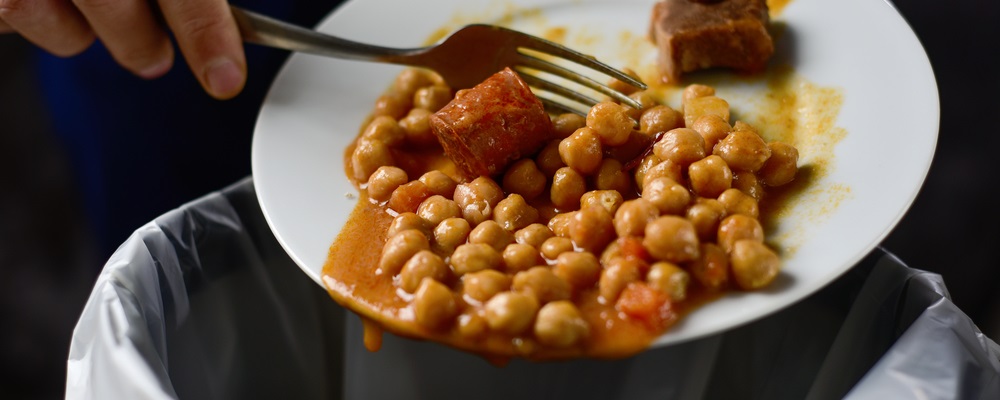A problem that often gets overlooked in the United States is food waste.
Think about it: How often do you find yourself throwing away meat, fruit or vegetables that have gone bad after about a week?
It happens all the time. In fact, every year in the U.S., the average citizen casually throws away up to 250 pounds of food.
On a global scale, if you include all the waste that goes on from production facilities, grocery stores, etc., it all adds up to about 1.3 billion tons per year.

This is such a large amount that even if we reduced the amount of food waste by 15%, it would be enough to feed 25 million people.
So, what is the best way to reduce all this waste? We could start with restaurants.
Of the 1.3 billion tons of wasted food, over 400 million are from restaurants. In fact, restaurants in America throw away over 80% of unused food.
But now, with the ever-growing popularity of apps, many have been created to help cut back.
In Singapore, a restaurant employee was tired of seeing good food being thrown away every day, so he created an app called 11th Hour. The app offers customers discounted menu items if the ingredients are nearing expiration.
Another app that reduces food waste is NoFoodWasted. This app originated in the Netherlands and targets food waste in grocery stores.
With NoFoodWasted, grocery stores communicate with shoppers about food that is close to expiration. Before the food expires, the store discounts its price to reduce the chance that it will be thrown away.
Shoppers who download the app select a list of foods they want to buy, and are given notifications when those foods are placed on the discount list. Stores that use this app report a decline in monthly waste of about 18% to 25%.
These are just a couple examples of how we can reduce food waste easily and conveniently. Stores and restaurants generate more sales and avoid throwing food away, while customers get that food at a lower price. It’s a win-win situation.
Regards,

Ian Dyer
Internal Analyst, Banyan Hill Publishing




